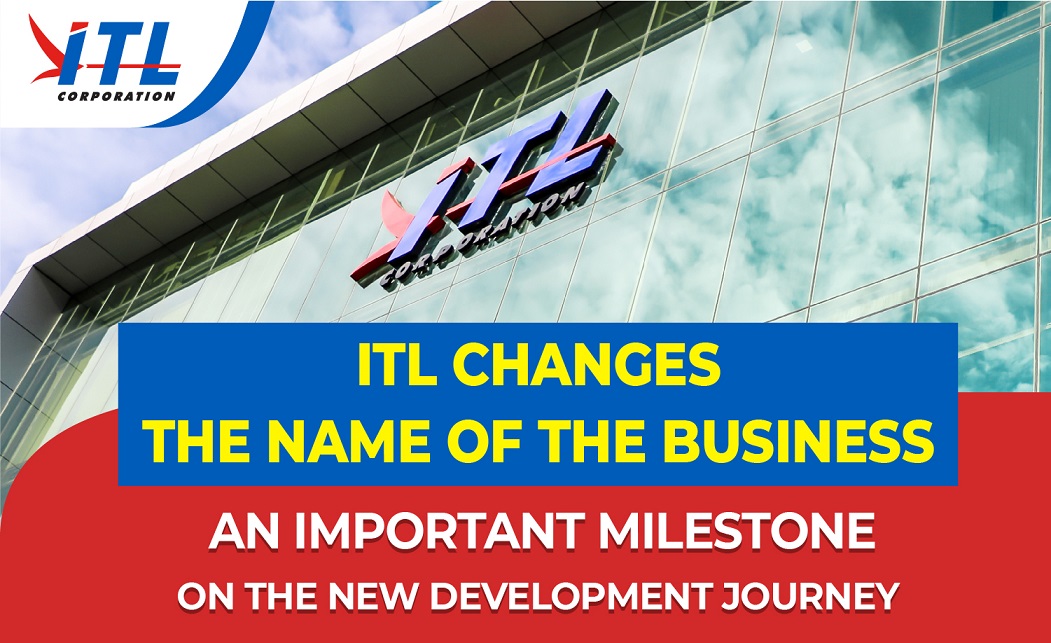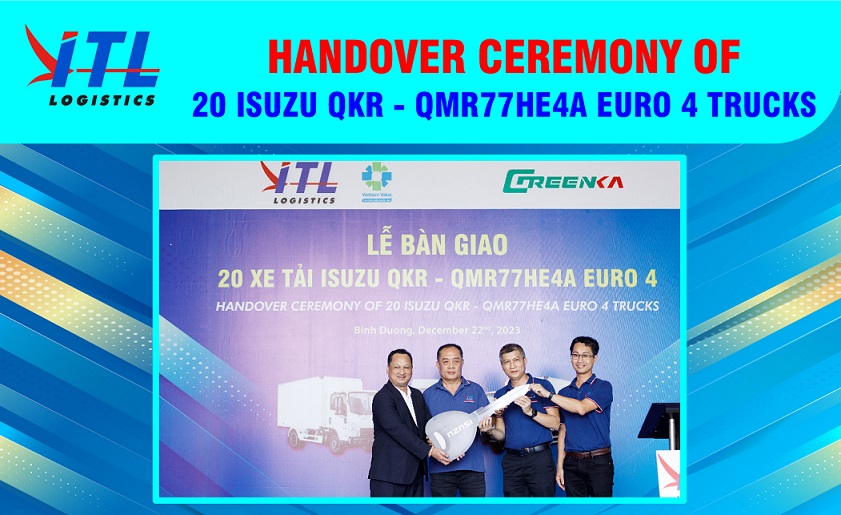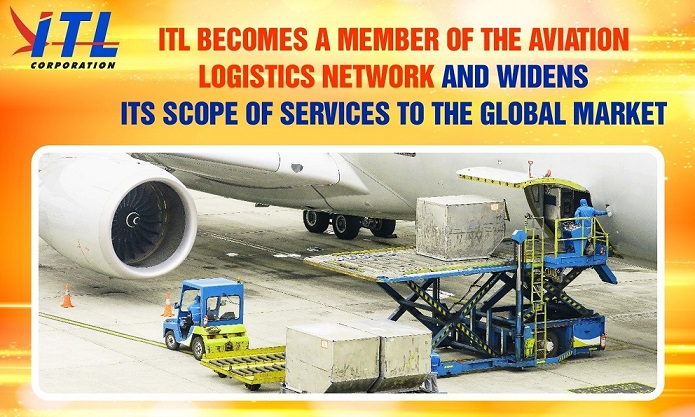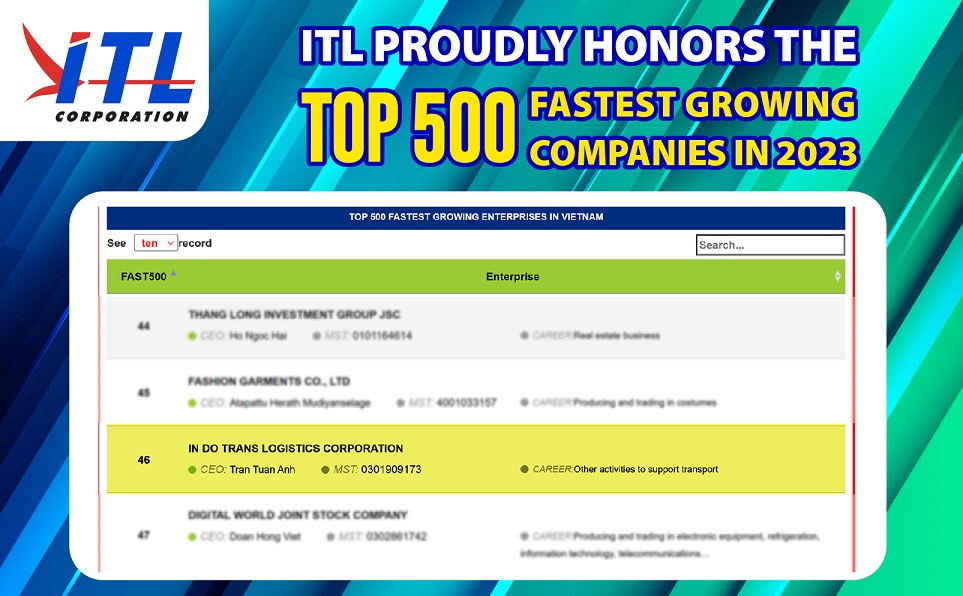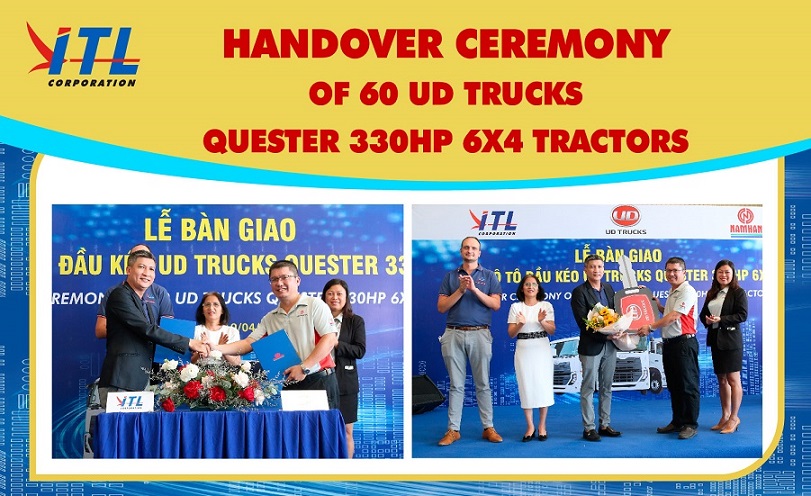24
07/20
Distribution models in the supply chain
In the supply chain, distribution is the major driver of the chain’s overall profitability because it directly affects costs and customer experience. There are two issues to consider when desiging a distribution model from the manufacture to the final customer, which are: whether the product is delivered to the place that the customer requests or the custormer comes to buy the product from a distributor; or whether the product is distributed through intermediaries? Based on the combination of the options for these two issues, there will be 6 following distribution models.
The manufactures store and distribute directly
In this model, order information will be sent to manufactures through retailers, while products are stored and delivered directly to the final customer by the manufactures without going through the retailers.
The biggest advantage of non-retail distribution is the ability to focus demand from different orders, ensuring high availability and product range at the manufactures. This model provides good location service as products are delivered to the place requested by the customers, saving cost for storage and signicicantly reducing handling costs at retail stores. Besides, this model helps manufactures maintain low product stock by delaying product personalization until orders are completed and goods are delivered.
However, order fulfillment time in this model is usually longer due to relatively long delivery distance from the manufactures to the customers. This, plus the needs to use delivery service, will increase product shipping costs. Besides, an order containing products from different manufactures will have to be broken down for partial delivery, increasing cost while reducing customer experience.
Cost for processing product recall is also quite high due to the involvement of multiple manufactures. Moreover, this model needs a good information infrastructure for the retailers to provide customers information about product availability even when products are stored at the manufactures. Customer also needs to be assured of order tracking and processing at the manufacture while order was made at the retailer.

The manufactures store and deliver through consolidation centers
In this model, manufactures send products to a consolidation center, which is operated by retailers or third-party contractors. After that, retailers use their own or a third-party’s delivery vehicle to deliver products to the final customers.
The ability to centralize stock and delay product is a significant advantage of this model. However, the total costs for infrastructure investment and handling of the whole chain will be increased, while delivery cost can be lower. This model requires higher investment for information system, and requires retailers, manufactures and service providers to work closely to ensure visibility of order tracking. Order fulfillment time may be longer when compared to the above method due to consolidation, but in return, customer experience will be better. Product recall issue in this supply chain is also more costly and more difficult to implement than the abovementioned model.
The model in which manufacture stores and delivers through consolidation centers is suitable for products with low average needs, high value, and distributed through retailers from a few manufactures.
The distributors store and deliver in packages
In this model, distributors or retailers store the products and deliver directly from their locations to customers through package delivery. Storing at distributors is not suitable for products that move too slowly.
Stock volume at distributors is usually lower than one at manufactures, but is still much higher than one at retailers. Delivery cost is lower thank to size advantage in product shipment from the manufactures to warehouses. Delay in finishing product is possible in this model, but it requires warehouses to have assembling capacity. In addition, investment costs for infrastructure are higher, but maintance and handling costs are similar to storing at manufactures. In contrast, the information infrastructure is much less complicated when compare to storing at manufacture model.
Real-time order tracking ability between customers and warehouses is necessary, but not between customers and manufactures; at the same time, order tracking ability between distributors and manufactures could be achieved with lower cost. Order fulfillment time in this model is better than in storing at manufacture model, because distributors’ warehouses are often closer to the customers and all orders are consolidated at the warehouse before shipment. Product recall ability is also better because recalled products can be processed right at the warehouse rather than being sent to the manufacture.
Distributors store and deliver by last mile delivery
This model is suitable for relatively fast moving products, and is performed by distributors/ retailers storing and delivering product to the final customers’ designated location. Last mile delivery requires distributors’ warehouse to be located near customers and increased in quantity when necessary. This is the model with highest stock volume and delivery costs due to low product consolidating ability. However, in a market with high product demand, delivery costs can be lower or become the cost that customers are willing to pay for home delivery. Costs for infrastructure investment and order processing are also very high. Order information is similar to the package delivery model but requires more clarity on delivery schedule and order tracking feature for in-time handling of issues arised in last mile delivery.
This model has faster order fulfillment time, but product diversity is often lower when compared to package delivery by transporter. Customer experience is very good, especially for bulky size products. Comparing to all above-mentioned models, product recall ability in last mile delivery is the best as retailers can recall products from customers immediately after delivery.
The manufactures/distributors store and the customers come to pick up product
In this model, stock is maintained at manufactures/distributors’ warehouses, but customers order online and then go to a designated location to pick up the product. Usually, fast moving products will be stored at pick-up location, while slow moving products are stored at distribution centers/warehouses, or in some cases at the manufactures.
Stock cost in this model can be kept at low level for manufactures/distributors. Delivery cost is also lower than any distribution model by using full load carrier to integrate delivery of different orders to one location. However, costs for infrastructure investment is relatively high if new pick-up locations are needed. As a result, this model works most effectively if it can use existing grocery shops/convenient stores as pick-up locations, thereby reducing investment cost for the supply chain while increasing the economy of the existing network. Order processing cost at manufactures/warehouses is similar to other models but higher at pick-up locations. This is the biggest barrier to the success of this model. At the same time, this model requires a good information infrastructure and close coordination between retailers, stock, and pick-up locations to provide order tracking until customers receive their products.
Retailer stores, customer comes to pick up product
In this model, retailers store products at their own place; customers go straight to the retailer to buy or pick up products that were ordered online. This increases costs due to the lack of integration in product shipping and receiving. However, with fast moving products, profit margin can still increase even when on-site stock is required. Delivery cost is much lower than other models as low-cost transportation can be used to restock for retailers. Infrastructure investment cost is high due to the requirement of having many local retail stores. For the orders in which customers go to retail store to buy product, only minimum information infrastructure is needed, but for online orders, a good information infrastructure is needed to provide order tracking ability until customers receive the products.
Order fulfillment time is very good thank to on-site stock, but this in contrast also increase cost for stock maintainance. Product diversity of on-site stock is lower than other models. Product recall ability is relatively good when using this model because recalled products can be handled right at pick-up locations. This model is considered best suited for fast moving products or when customers request fast response.

